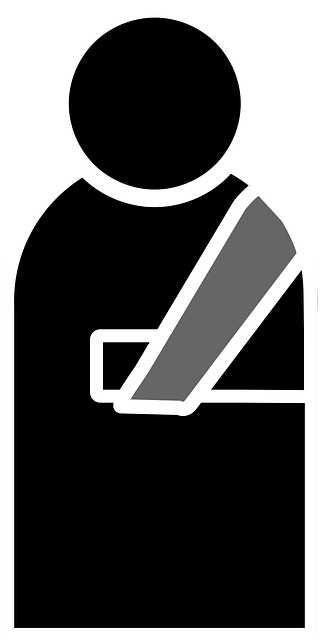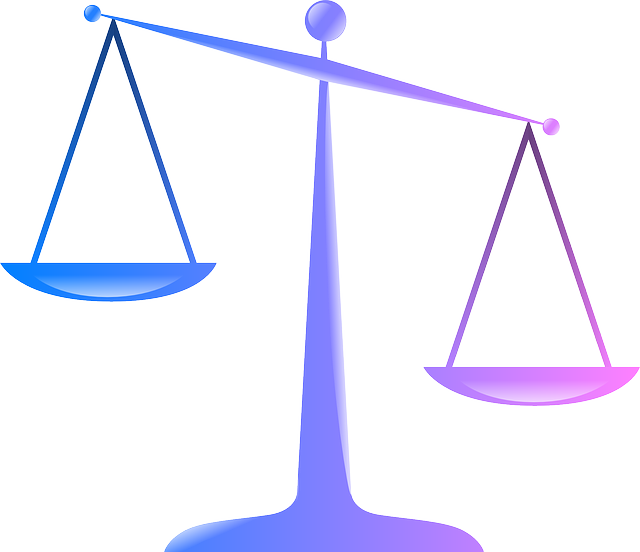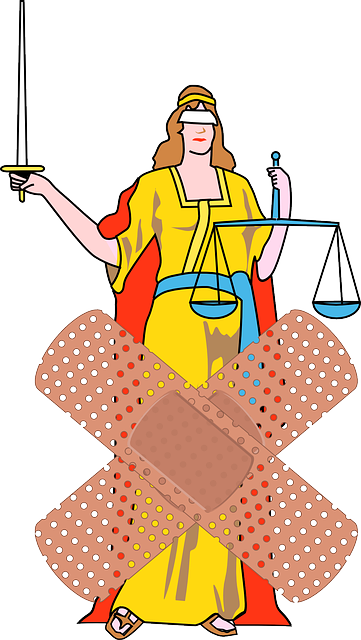Personal injury law protects victims of negligence or intentional acts, covering incidents like motor vehicle accidents and slips and falls. Understanding this legal process is crucial for victims seeking justice and compensation. The journey involves filing a claim, investigation, and potential litigation to determine damages for medical expenses, pain, suffering, lost wages, etc. Victims must immediately seek medical attention, document the incident, and cooperate with legal processes while adhering to court orders for successful claims under personal injury law.
Personal injury law protects your rights when you’ve been harmed due to someone else’s negligence. This comprehensive guide explores key aspects of this legal domain, from understanding the fundamentals of personal injury law to navigating complex cases and claims. We delve into the step-by-step legal process, clarify your rights and responsibilities in lawsuits, and offer insights into common types of accidents and compensation. Whether you’re seeking information or considering legal action, this article provides valuable knowledge for anyone navigating personal injury matters.
- Understanding Personal Injury Law: A Comprehensive Overview
- Common Types of Personal Injury Cases and Claims
- The Legal Process: From Accident to Compensation
- Your Rights and Responsibilities in Personal Injury Lawsuits
Understanding Personal Injury Law: A Comprehensive Overview

Personal injury law is a complex legal field that focuses on compensating individuals for physical and emotional harm caused by another party’s negligence or intentional actions. It encompasses a wide range of accidents, from car collisions to medical malpractice and premises liability. Understanding this area of law is crucial for victims seeking justice and fair compensation.
This comprehensive overview aims to demystify personal injury law by highlighting key principles and rights. Victims should be aware of the legal process, including filing deadlines, the role of insurance companies, and potential avenues for damages, such as medical expenses, pain and suffering, and lost wages. Knowledgeable victims can navigate this intricate landscape, ensuring they receive the support and restitution they deserve under the law.
Common Types of Personal Injury Cases and Claims

Personal injury cases encompass a wide range of incidents, each with its unique circumstances and legal complexities. Understanding the common types of personal injury claims is essential for anyone navigating the intricacies of personal injury law. Some of the most prevalent include motor vehicle accidents, where collisions between cars, trucks, or other vehicles can result in severe injuries and legal actions to seek compensation for medical expenses, lost wages, pain, and suffering.
Additionally, slips and falls are another frequent occurrence leading to personal injury claims. These incidents can happen anywhere—at a grocery store, on someone’s property, or even in a public space—and may involve injuries ranging from minor cuts and bruises to more severe fractures and head trauma. In all these cases, individuals affected have the right to seek legal counsel and file claims to hold responsible parties accountable and secure fair compensation for their injuries under personal injury law.
The Legal Process: From Accident to Compensation

The journey through personal injury law begins with an accident—a sudden, unexpected event that can cause physical and emotional trauma. Once the immediate crisis is addressed, individuals affected by such incidents often turn to legal recourse to seek justice and compensation for their suffering. The legal process involves several steps designed to ensure fairness and accountability under personal injury law.
First, a victim must file a claim, typically with the help of a qualified attorney, outlining the circumstances of the accident and the resulting damages. This is followed by an investigation where both parties gather evidence, including medical records, witness statements, and relevant insurance policies. If negotiations fail to reach an agreeable settlement, the case proceeds to litigation, where a judge or jury reviews the evidence and makes a decision based on personal injury law principles, ultimately awarding compensation for medical expenses, pain and suffering, lost wages, and other related damages.
Your Rights and Responsibilities in Personal Injury Lawsuits

When you’re dealing with a personal injury, understanding your rights and responsibilities is crucial in navigating the complexities of personal injury law. The first step is to ensure that you seek medical attention immediately after an accident, as this establishes a clear record of your injuries. Documenting the incident by taking photos of the scene, gathering contact information from witnesses, and keeping records of all expenses related to your treatment are essential for building a strong case.
In any personal injury lawsuit, you have the right to fair compensation for your physical pain, emotional suffering, medical bills, lost wages, and property damage. However, it’s also important to recognize that you share responsibilities. This includes cooperating with the legal process, providing honest testimony, adhering to court orders, and acting in good faith throughout the litigation process. Failing to comply with these obligations could negatively impact your case and your chances of obtaining a favorable outcome.
Personal injury law is a vital component of ensuring justice and compensation for individuals who have suffered harm due to someone else’s negligence. By understanding the comprehensive overview, recognizing common types of cases, navigating the legal process, and knowing your rights and responsibilities, you can better protect yourself and seek the compensation you deserve. Familiarizing yourself with these key aspects empowers you to make informed decisions and take proactive steps when dealing with personal injury claims, ultimately leading to a more favorable outcome.
